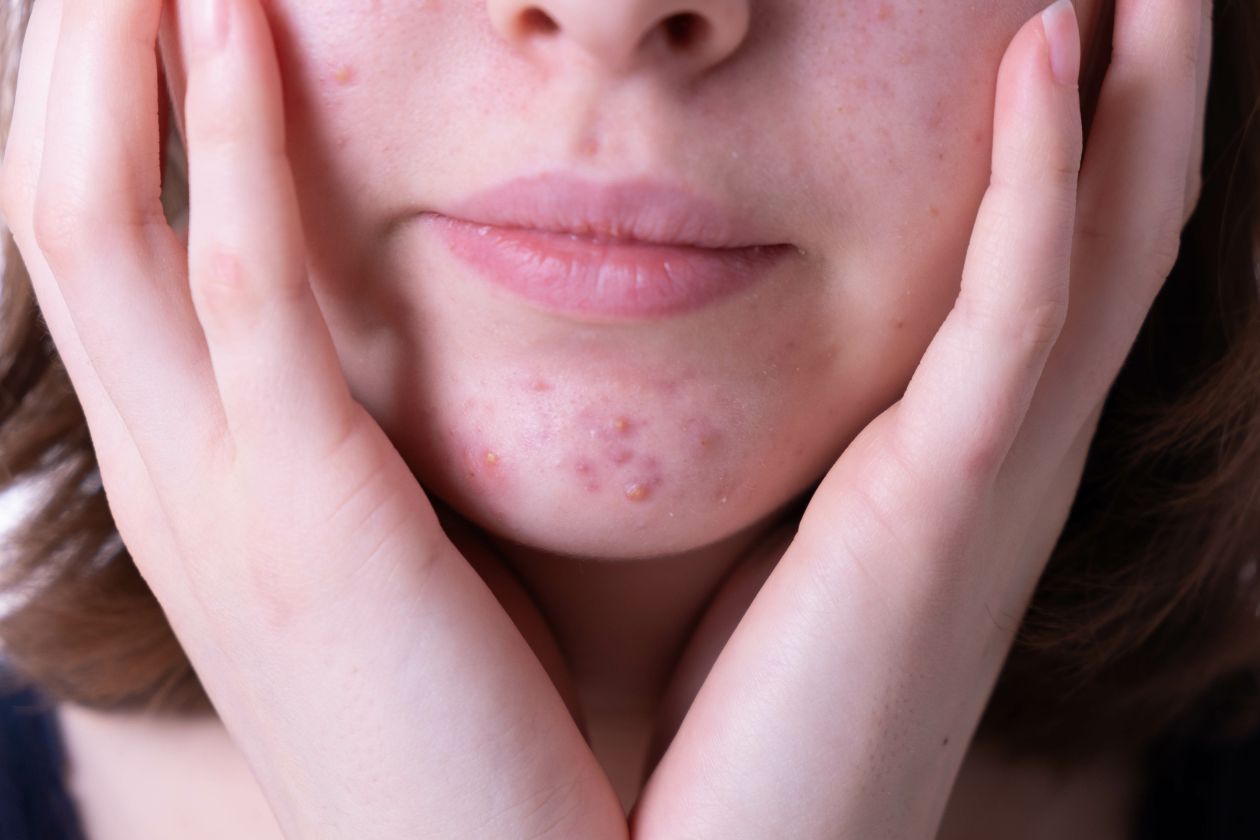Most people experience hormonal acne in their teenage years; unfortunately, that’s not the end of it for many women. Although you want to leave breakouts in the past, you may still experience acne well into your adult years. In fact, hormonal acne is most common in women between the ages of 20 and 40. Follow along to learn everything you need to know about hormonal acne and how to treat it.
Table of Contents
What Is Hormonal Acne?
Hormonal acne is different than typical breakouts because it’s linked to your hormones. It typically coincides with your menstrual cycle, but it can be a result of many different situations. Hormonal acne also occurs due to menopause, Polycystic Ovary Syndrome (PCOS), and postpartum.
Hormones like estrogen and progesterone fluctuate throughout your cycle, and these fluctuations may result in breakouts. Furthermore, other hormones like testosterone (male hormone) and cortisol (stress hormone) can cause acne if the levels increase too much in your body.
Signs Your Acne Is Hormonal
There’s nothing more frustrating than red, painful bumps popping up on your face, chest, or back right before a big event, but hormonal acne always seems to come at the worst possible time. Read on to find out if your acne is a result of hormones.
You’re Past the Teenage Years
You can expect unwanted breakouts in your teenage years, but it usually subsides after puberty. However, hormonal acne can follow you for many years after. Women tend to be more hormonally active during their 20s because those are the prime childbearing years; as a result, hormonal acne is an outward sign of the changes and fluctuations.
It Appears Around Your Chin and Jawline
The location is one of the biggest telltale signs of hormonal acne. Although there’s no solid answer as to why it happens, breakouts on your chin and jawline are almost certainly related to hormones. It’s most likely because many oil glands are around your chin area, and excess oil is known to clog pores. Other than your chin and jawline, you may experience breakouts on your back, chest, and the sides of your face.
It Happens Around the Same Time Each Month
If you notice breakouts occurring around the same time each month, you’re probably dealing with hormonal acne. Because your estrogen and progesterone fluctuate during your cycle, you can expect a few pimples as a result.
Breakouts Are Deeper Than Normal Pimples
You’re probably familiar with blackheads and whiteheads, but hormonal acne is deeper. Cystic acne is much more painful as it occurs under your skin’s surface, and you can’t pop it like regular pimples.
How To Treat It
Treating hormonal acne looks different for everyone because it can result from different situations. Although many people may need prescription-strength acne treatment, others may be able to combat it with gentle cleansers.
Additionally, you can expect to experience hormonal changes after giving birth, but a skincare routine for new moms may help prevent unwanted breakouts. Regardless of what’s causing your hormonal acne, you can benefit from limiting the following foods in your diet:
- Dairy products
- Sugar
- Refined carbohydrates (white bread, white rice, pasta, etc.)
- Red meat
After learning everything you need to know about hormonal acne,you should be able to determine whether your hormones are affecting your skin quality. If you experience excessive acne, there’s nothing wrong with speaking to a doctor or dermatologist.




